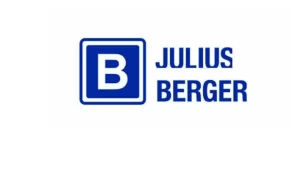Table of Contents
Julius Berger Nigeria Plc shareholders are set to receive a final dividend of N4.8 billion for the financial year ending December 2022, amounting to N3.00 per share.


This decision was made by the Board of Directors of Julius Berger Plc, in line with the provisions of section 426 of the Companies and Allied Matters Act (CAMA 2020) of Nigeria.

Join our Telegram Channel for Updates
The announcement of the proposed final dividend was made in a corporate action announcement to the Nigerian Exchange Limited (NGX).
However, the dividend is subject to shareholders’ approval, and appropriate withholding tax will be paid to shareholders listed in the Register of Members as of May 31, 2024.
Dividends are scheduled to be paid electronically on June 21, 2024, to shareholders whose names appear on the Register of Members as of May 31, 2024, and who have completed the e-dividend registration.
Shareholders who have not completed the e-dividend registration are advised to download the Registrar’s E-Dividend Mandate Activation Form from the Registrar’s website.
Additionally, shareholders with dividend warrants and share certificates that have remained unclaimed or are yet to be presented for payment are encouraged to complete the e-dividend registration or contact the Registrar for assistance.
Key Points to Note
– Julius Berger reported a revenue growth of 1.17% YoY in 2023, which is lower than its five-year compound annual growth rate of 11%.
– However, the company experienced significant profit growth in 2023, resulting in an impressive 61% YoY increase in earnings per share.
– The company’s balance sheet reflects a healthy financial position, with net cash exceeding total debt, indicating favorable liquidity.
– Julius Berger’s robust project portfolio and diversified revenue streams, combined with low debt financing reliance, position the company well to sustain its growth trajectory.
– There is a need for the company to address cost efficiency, as indicated by relatively low profitability ratios, including gross profit margin and net profit margin.









